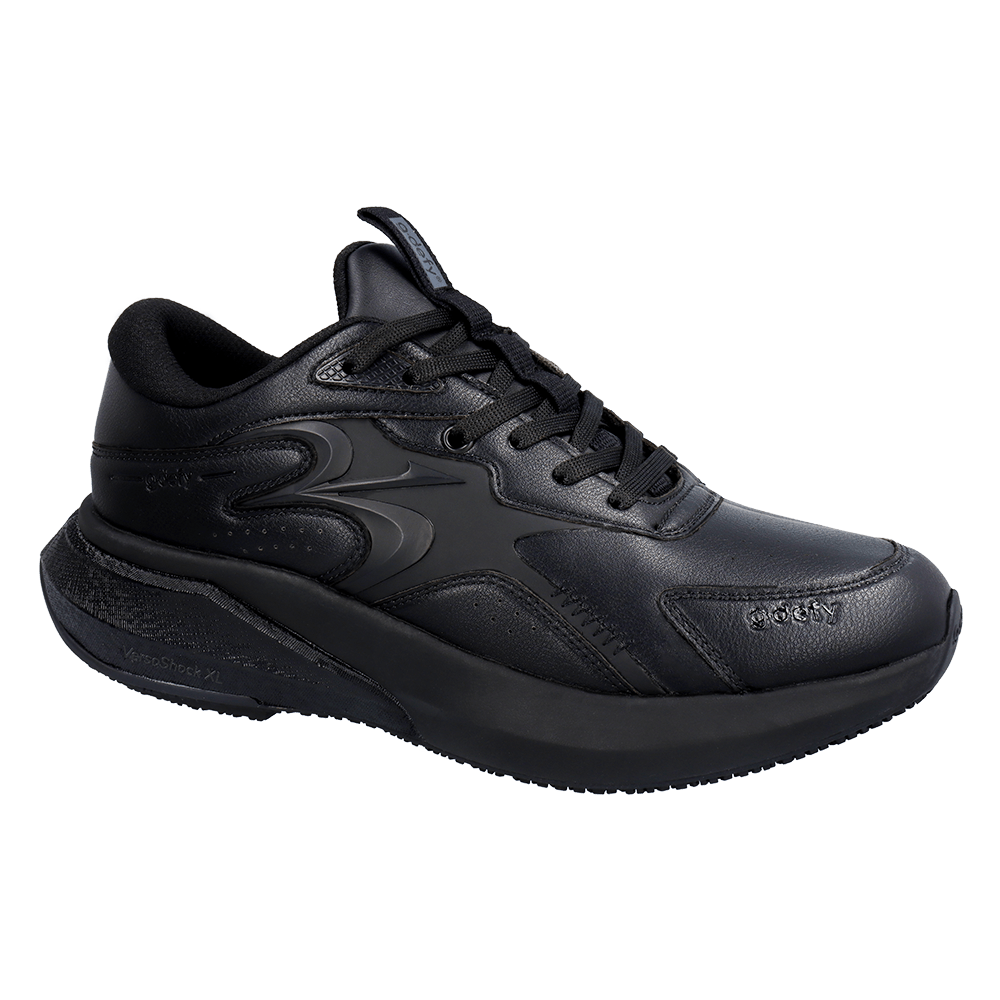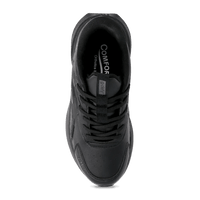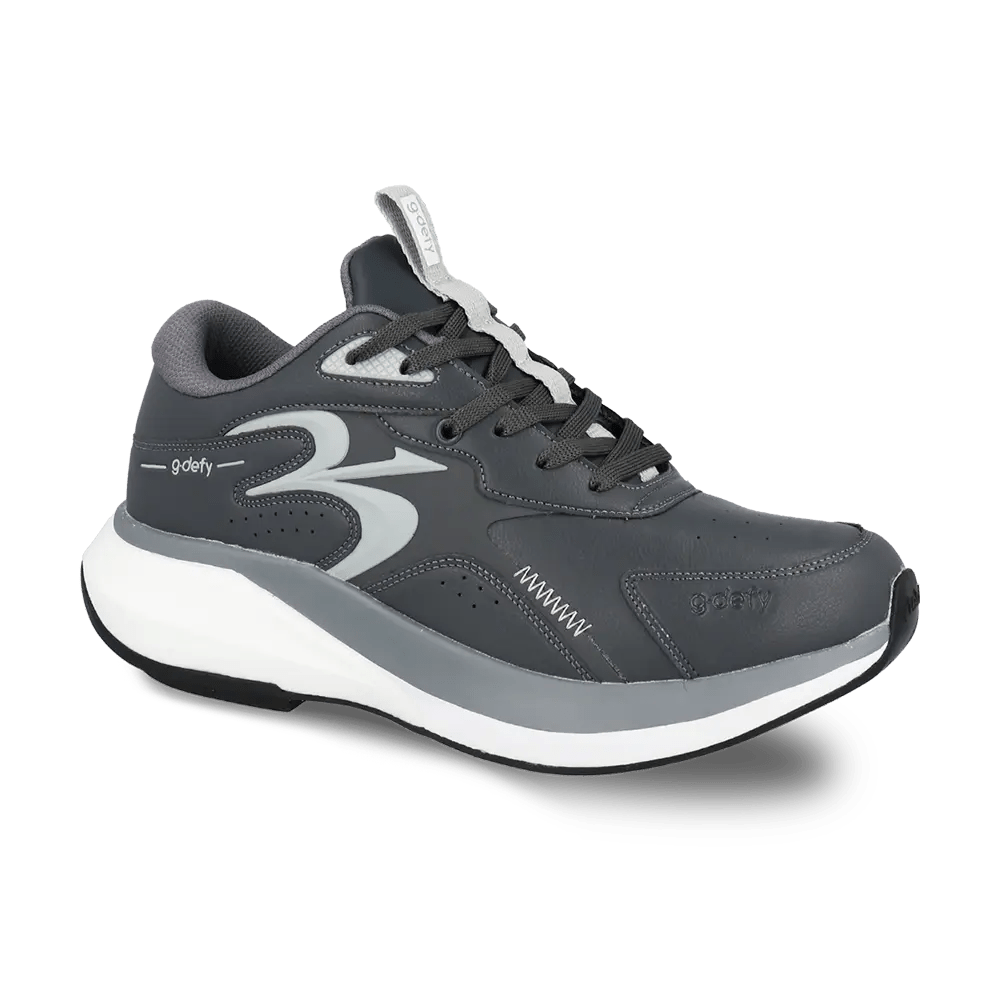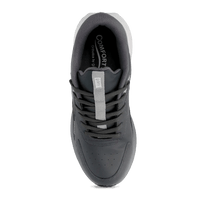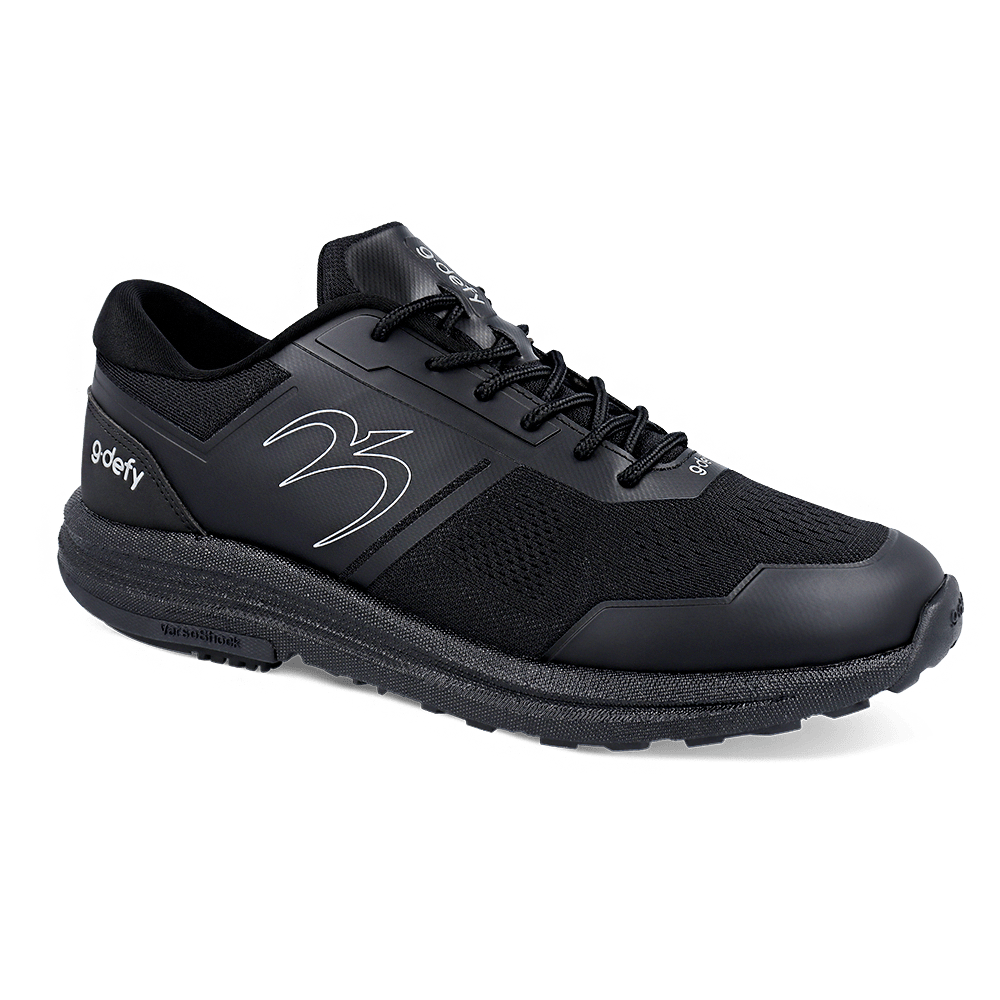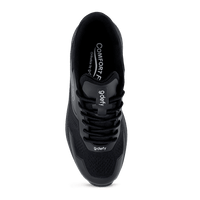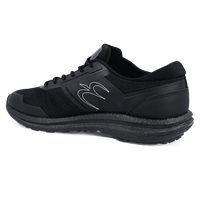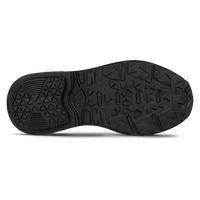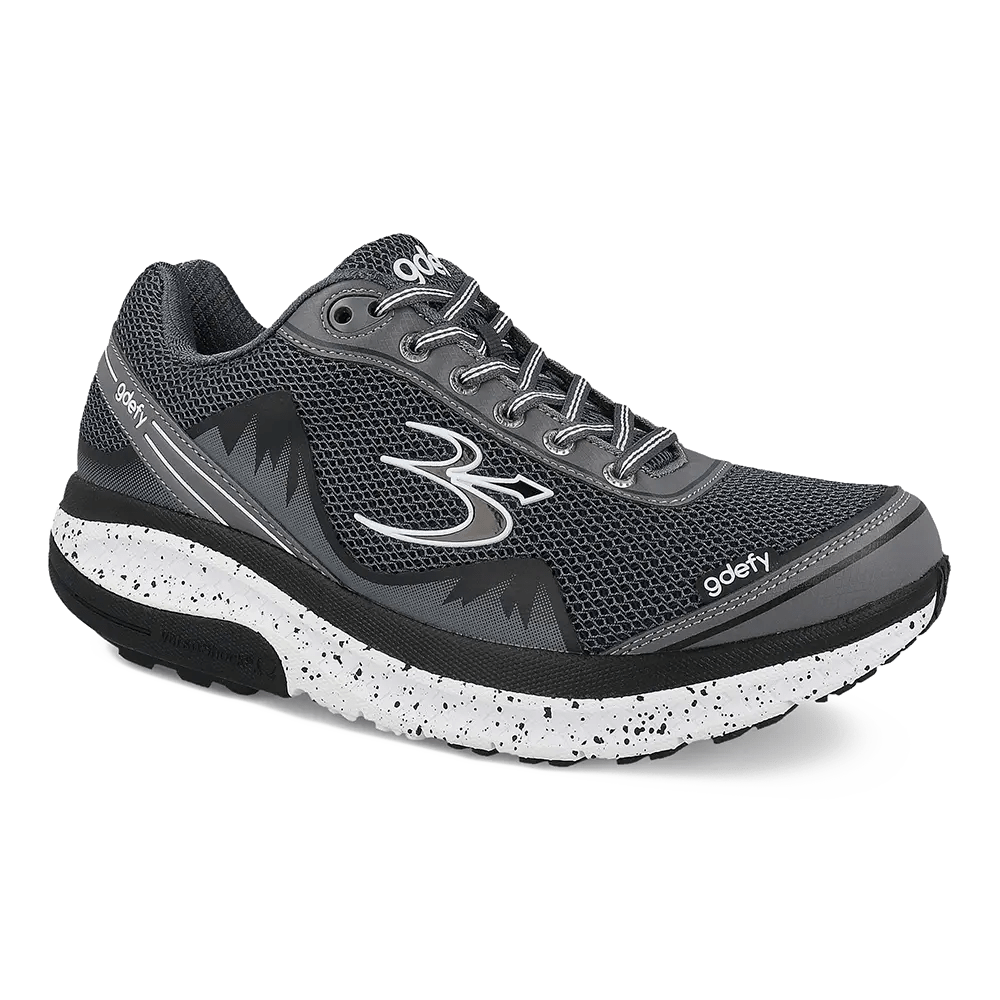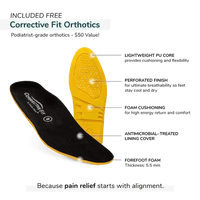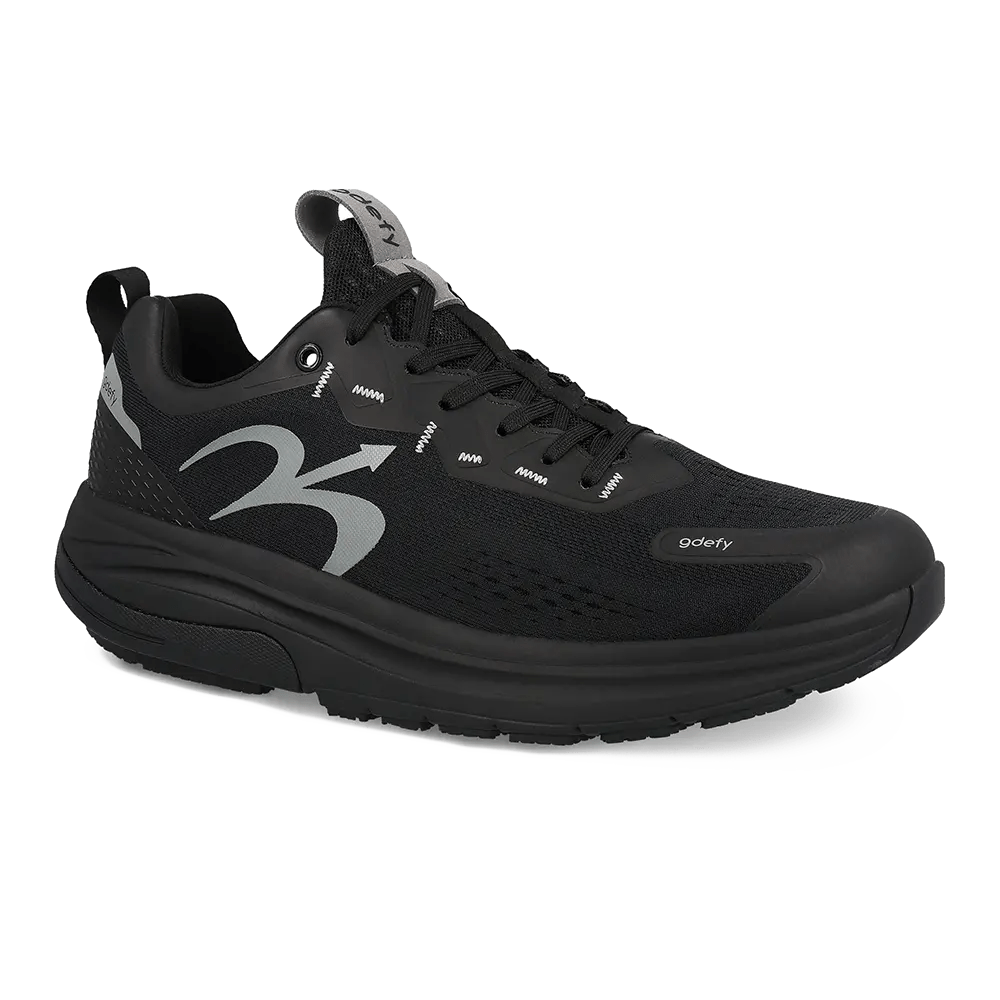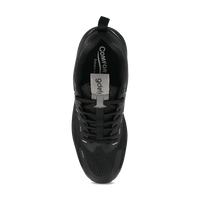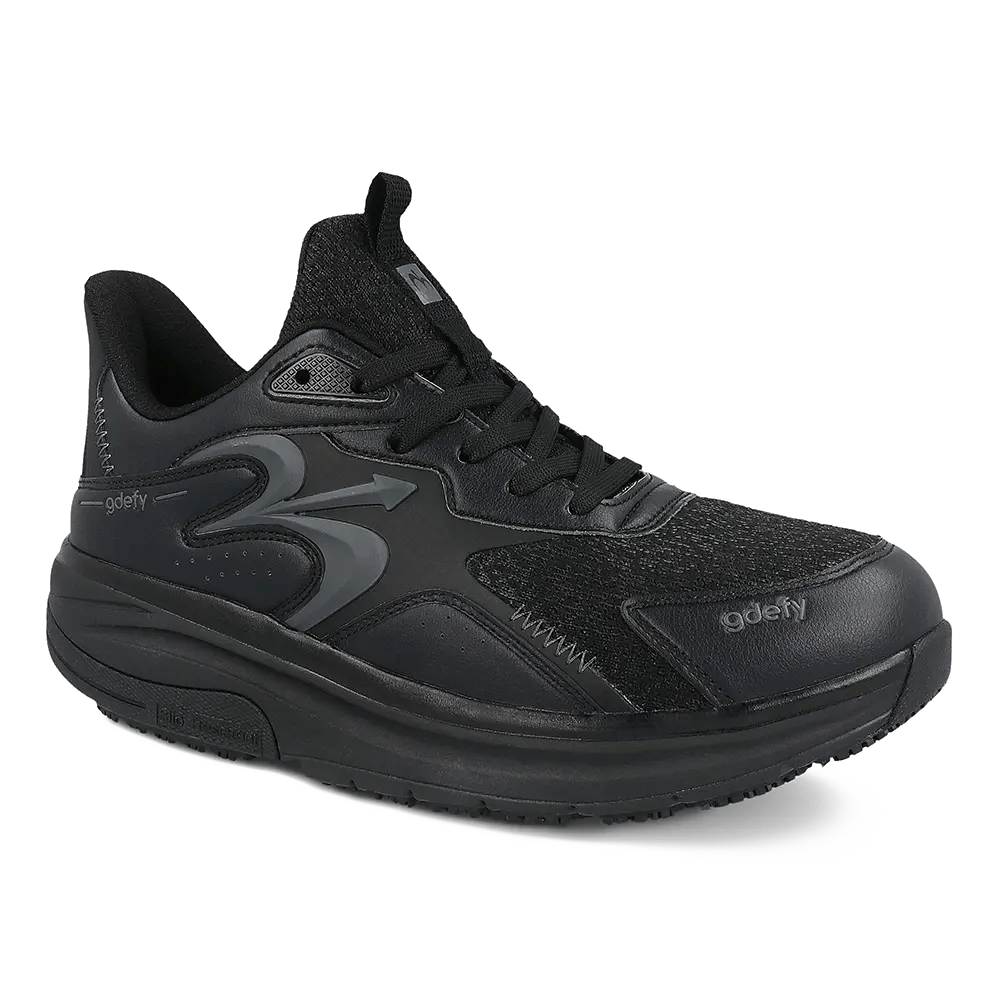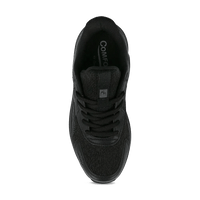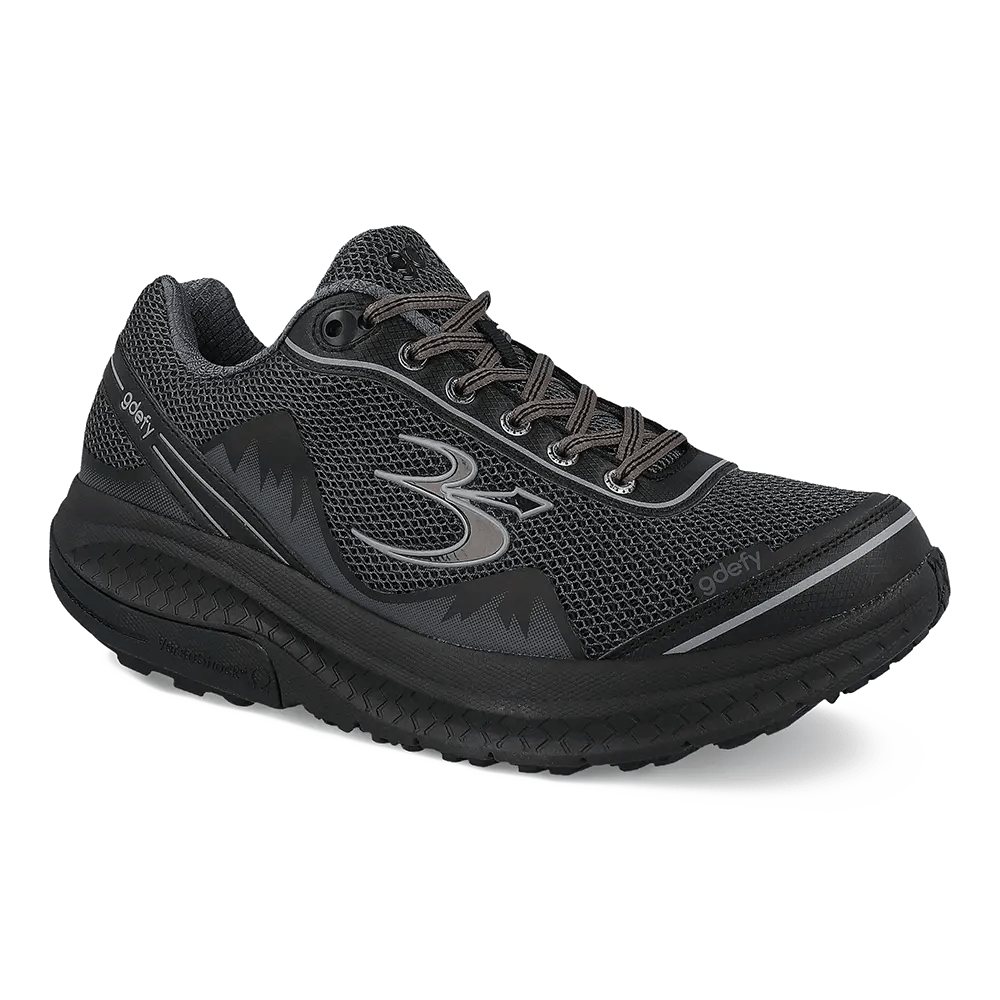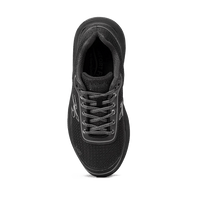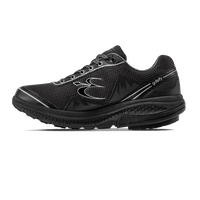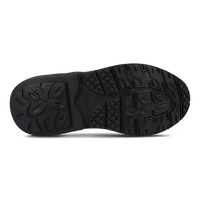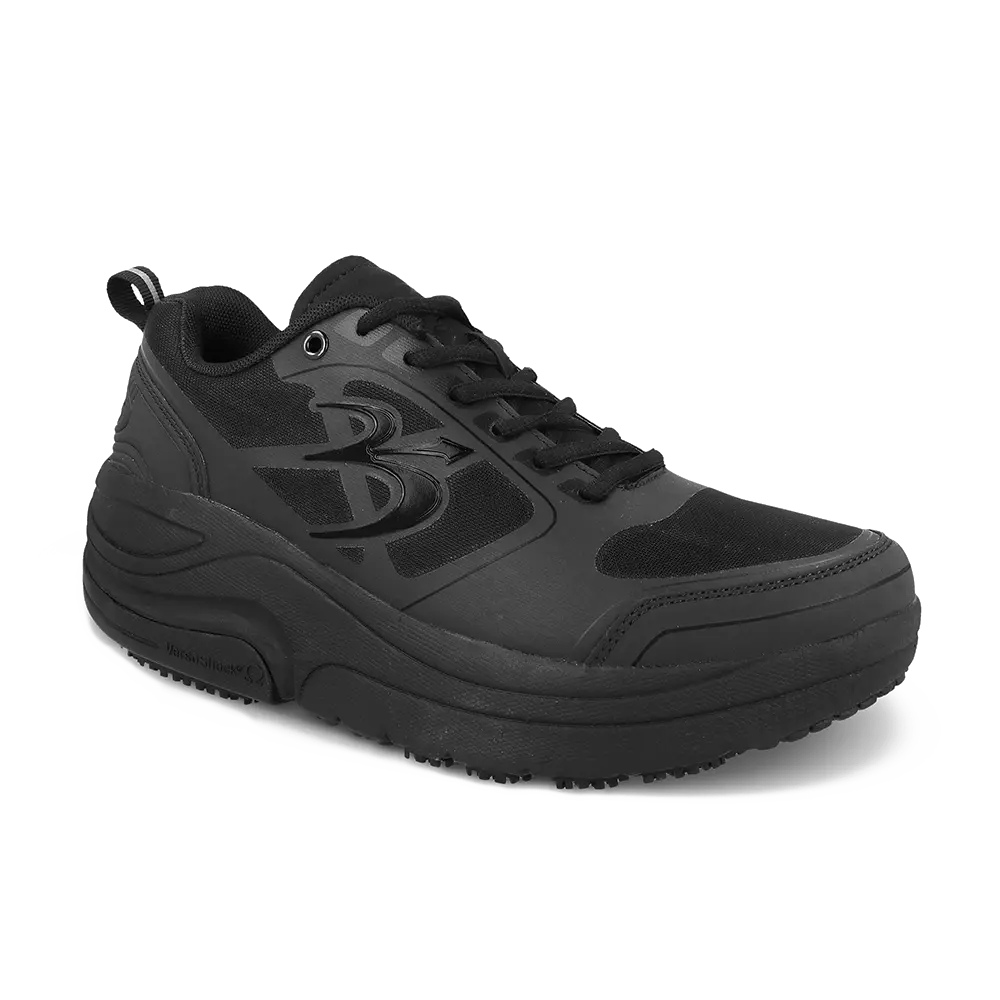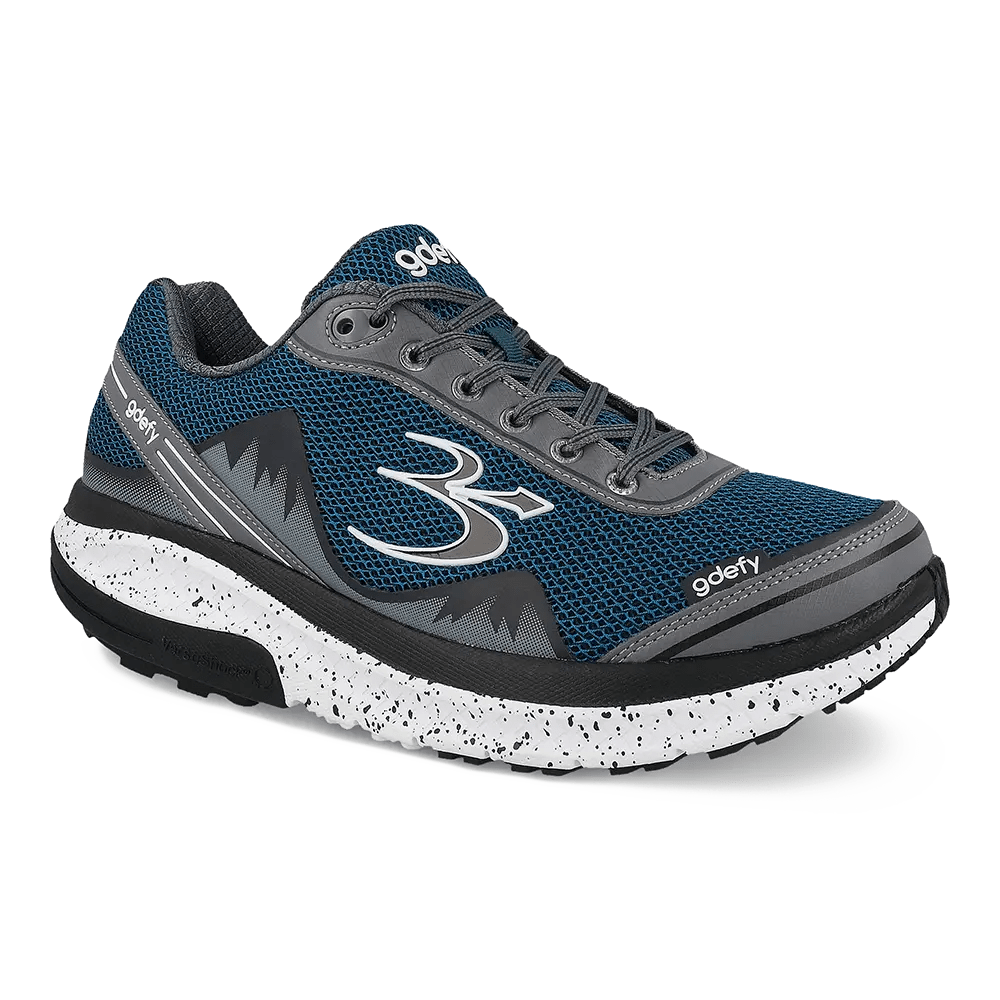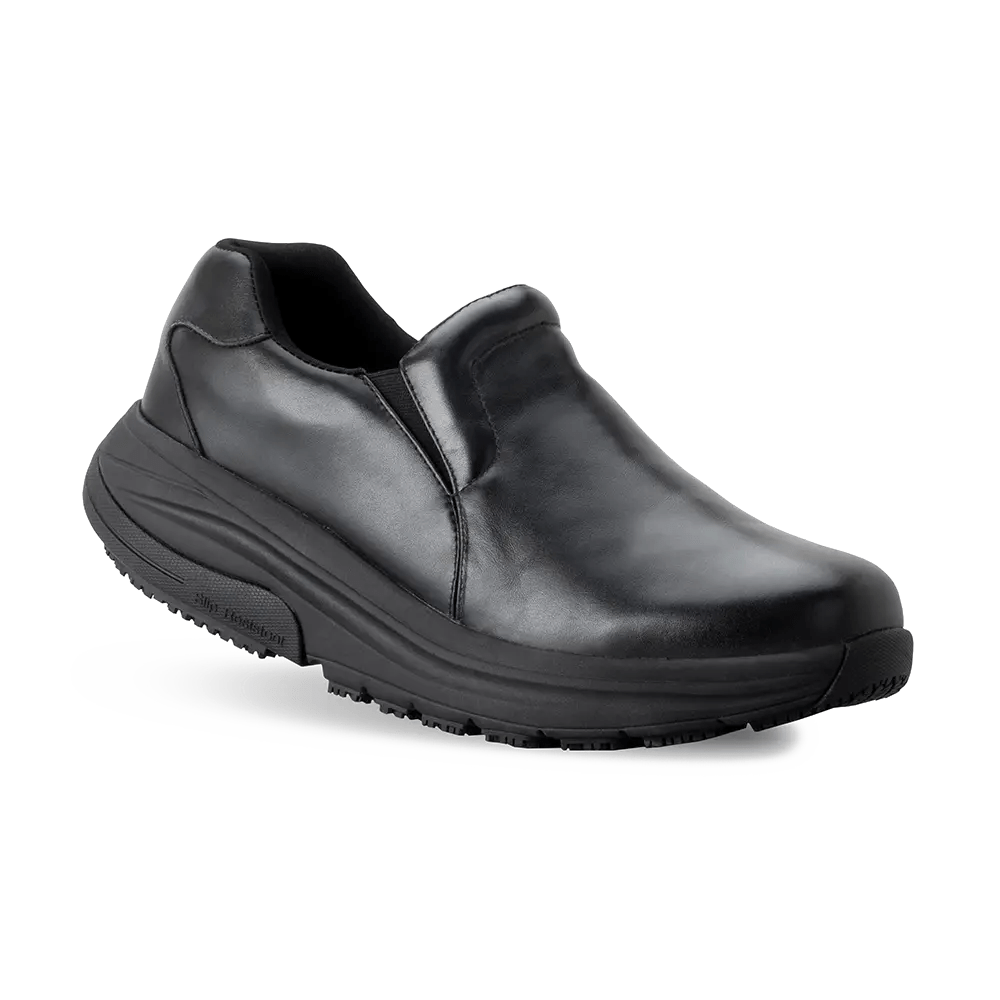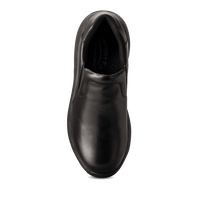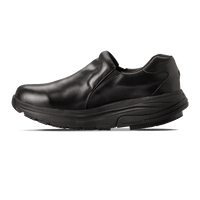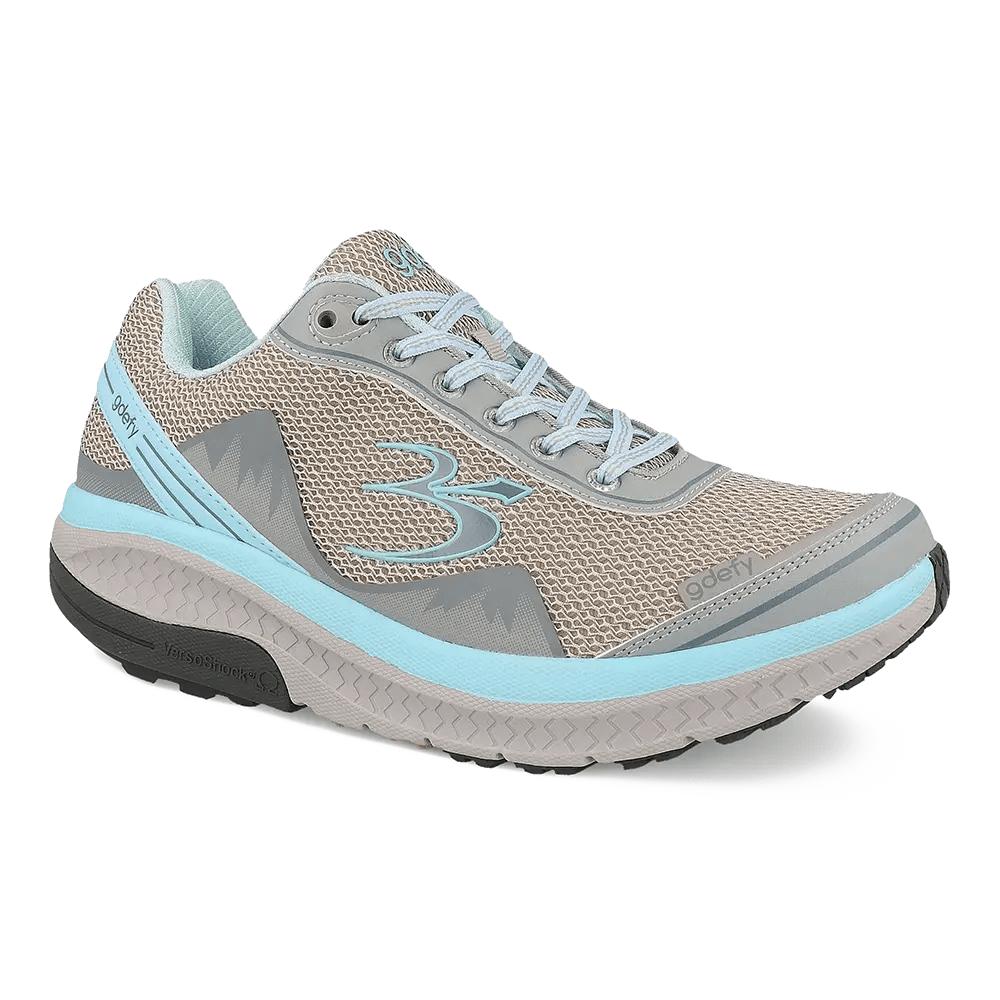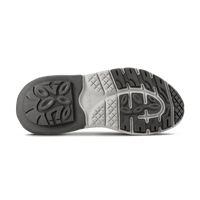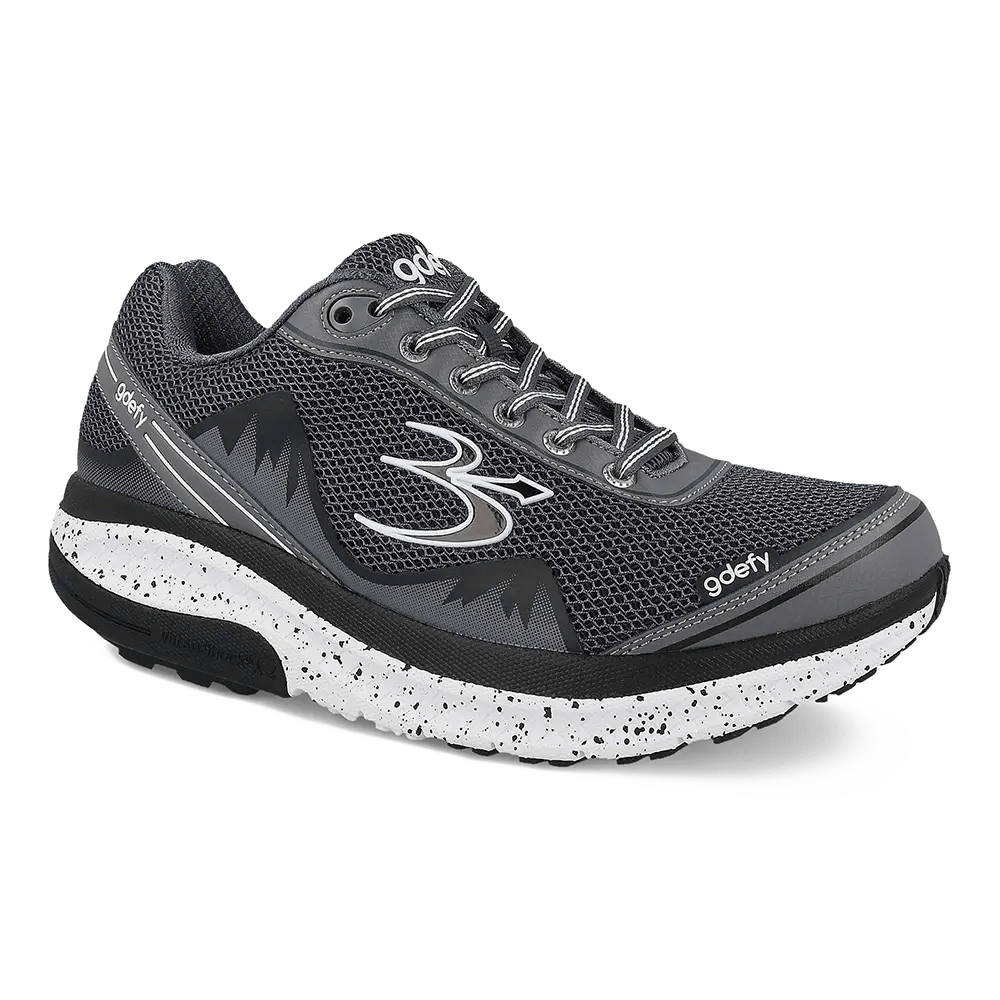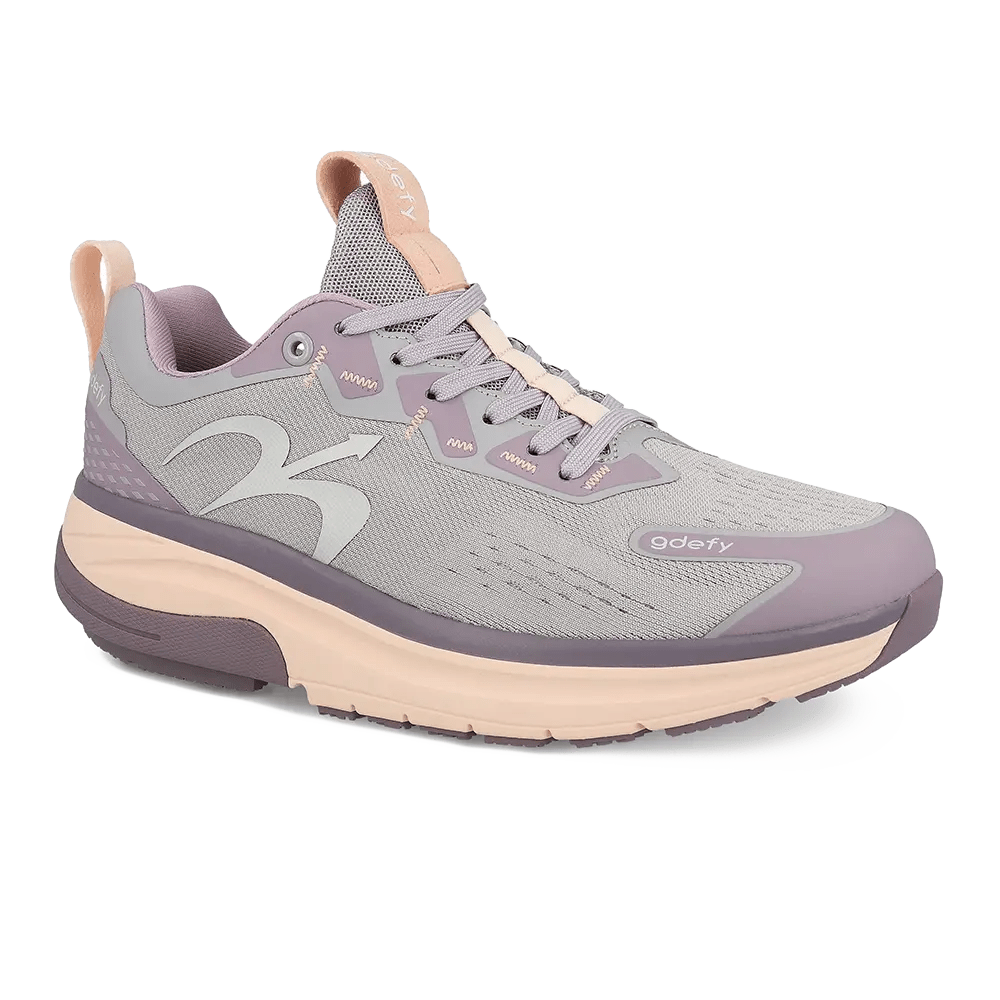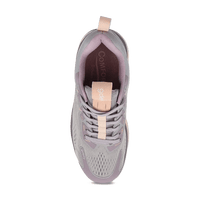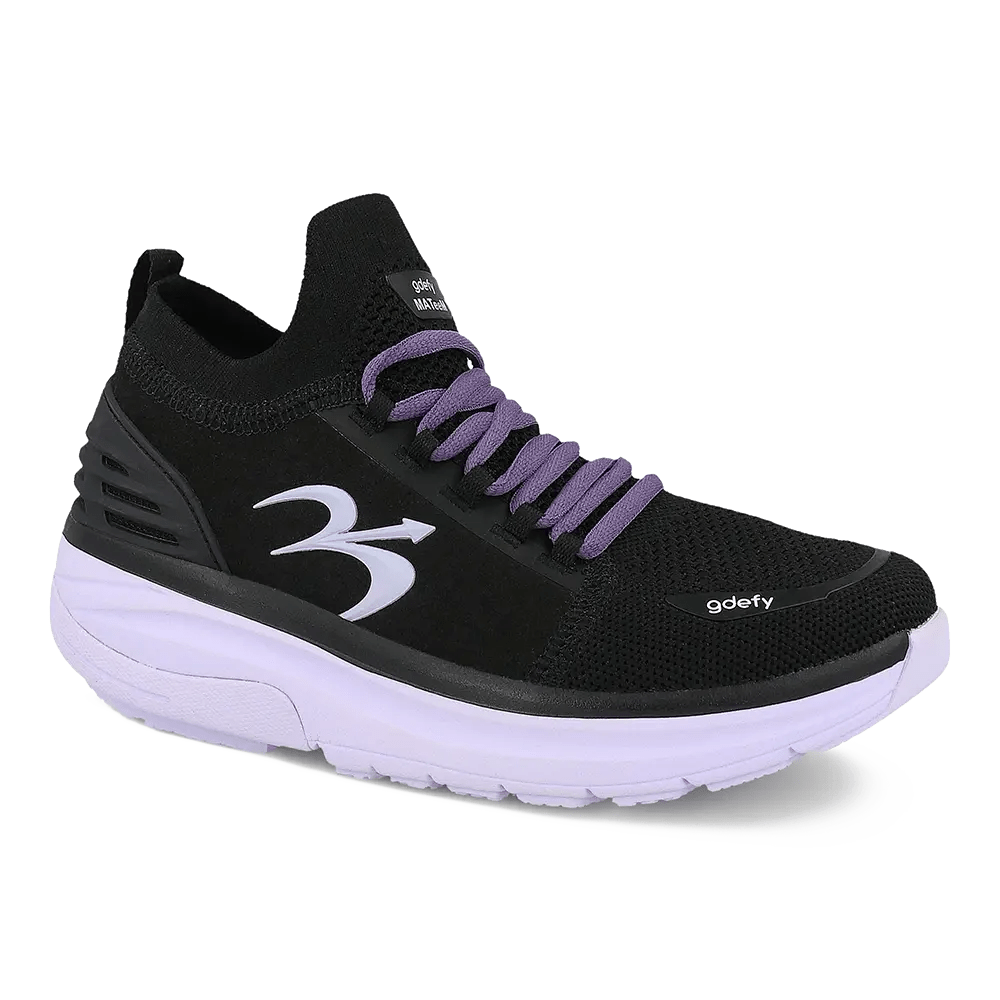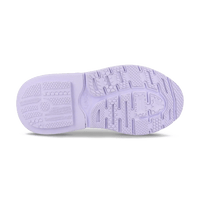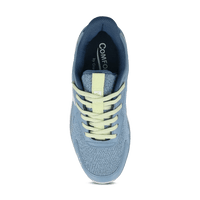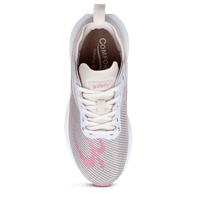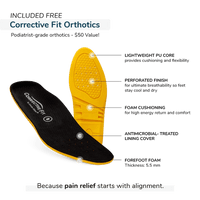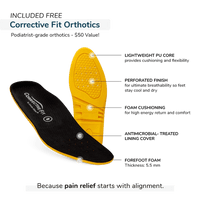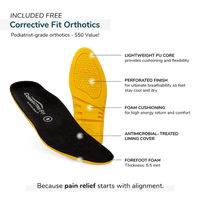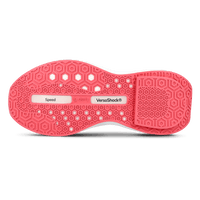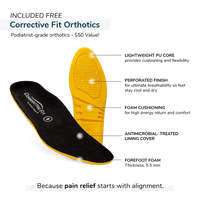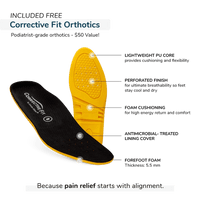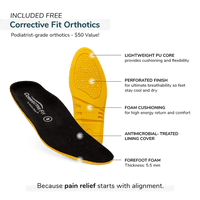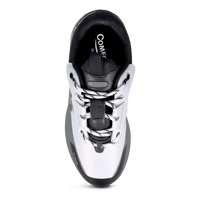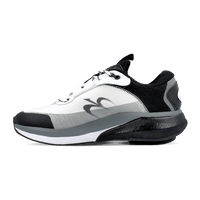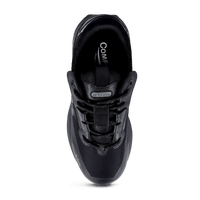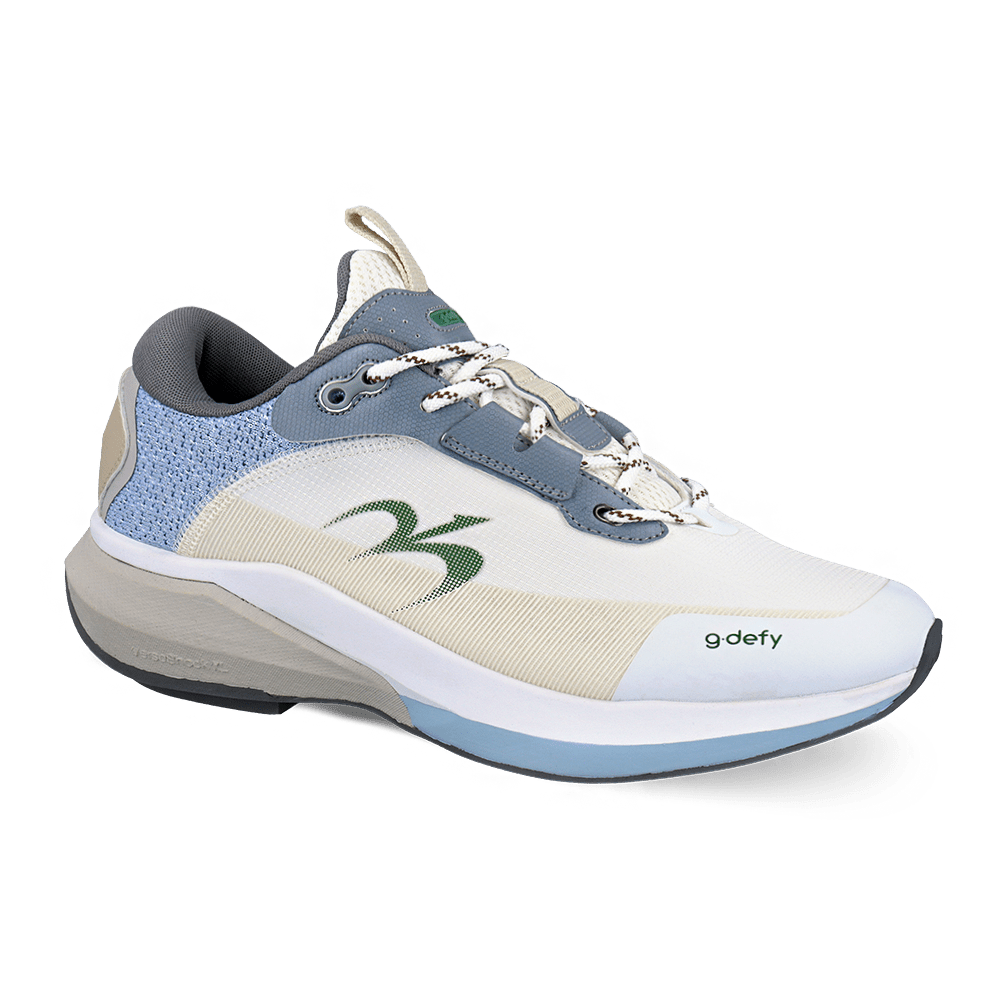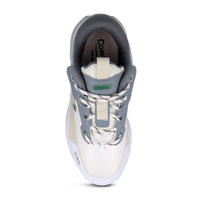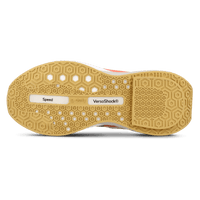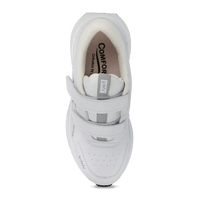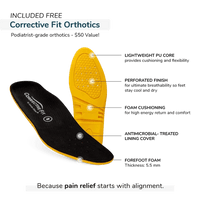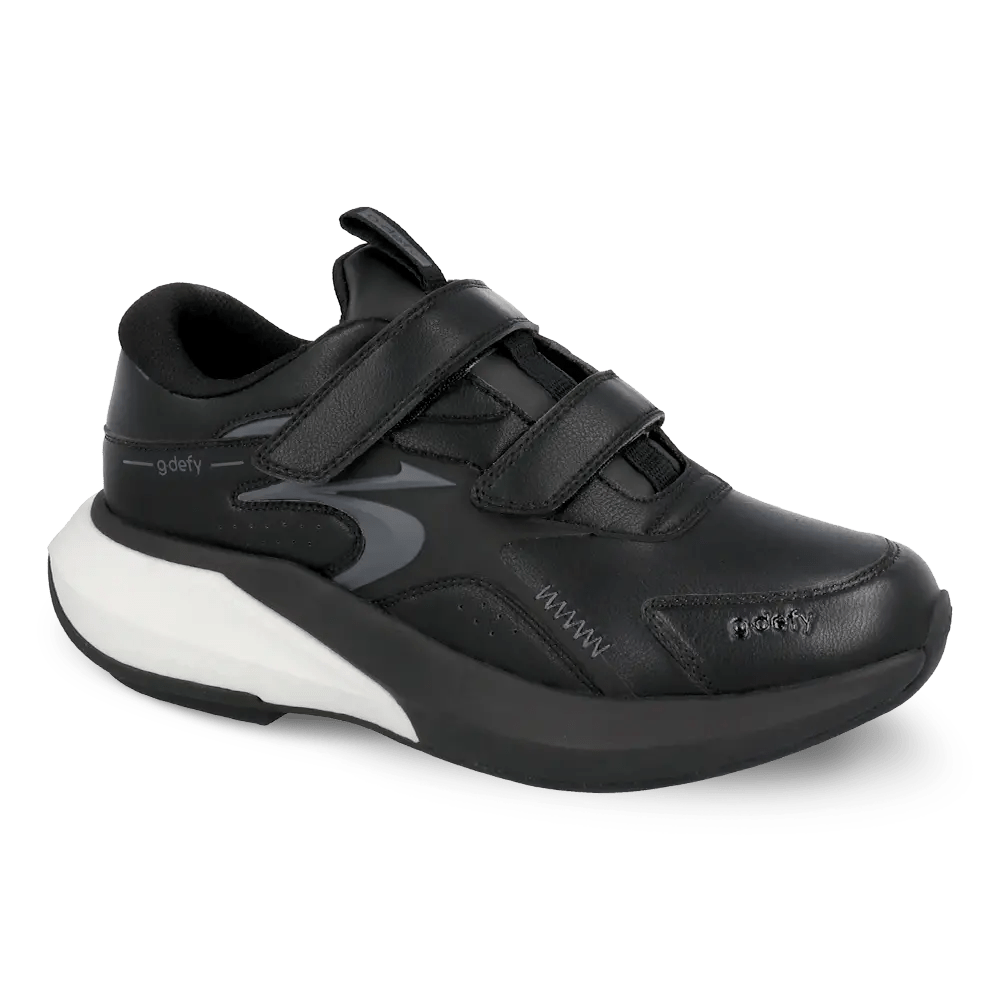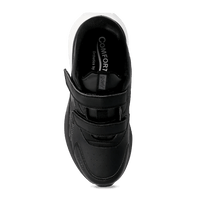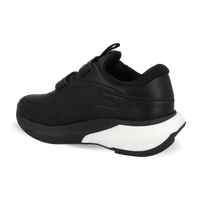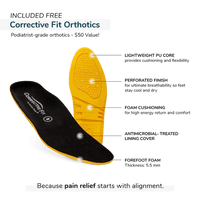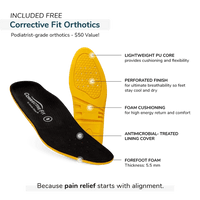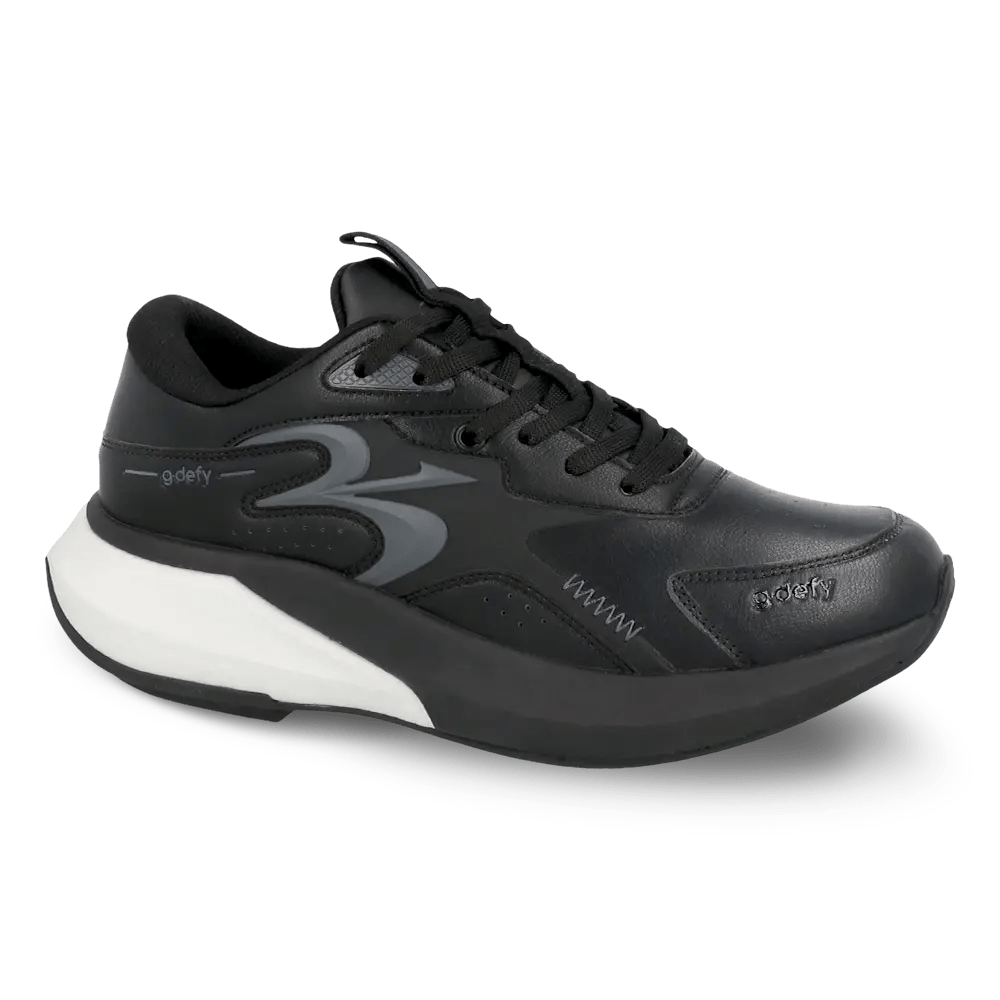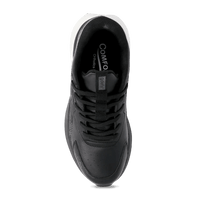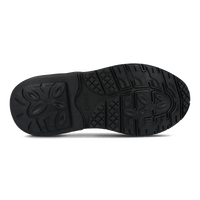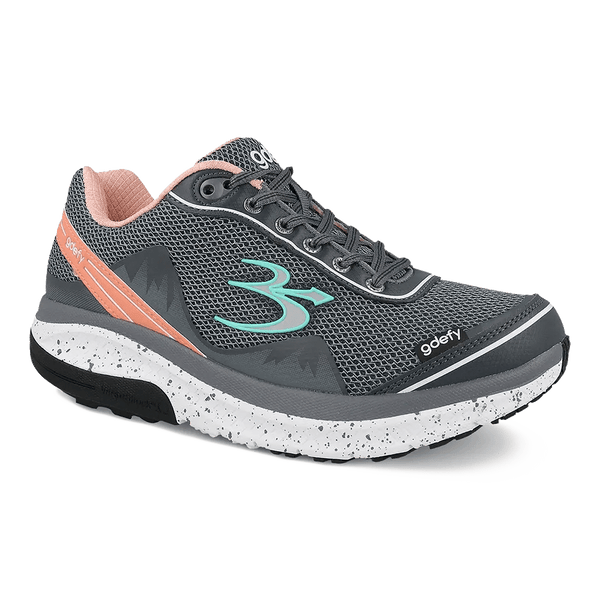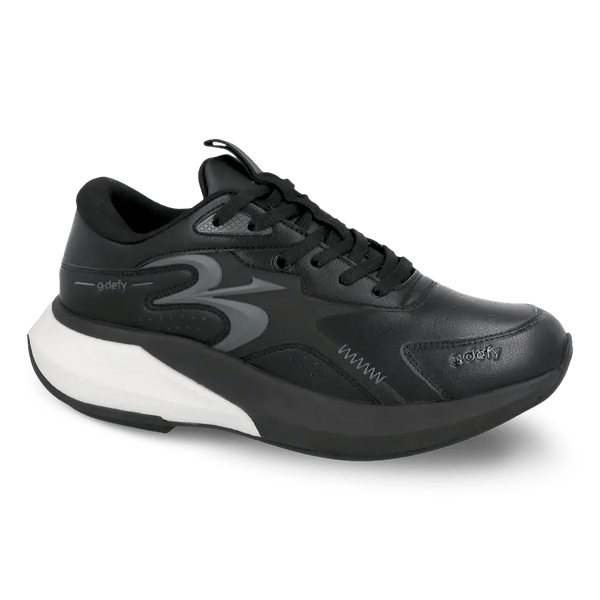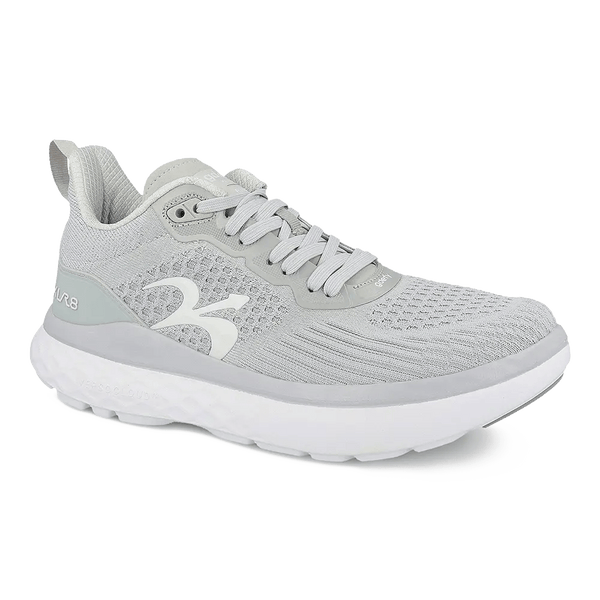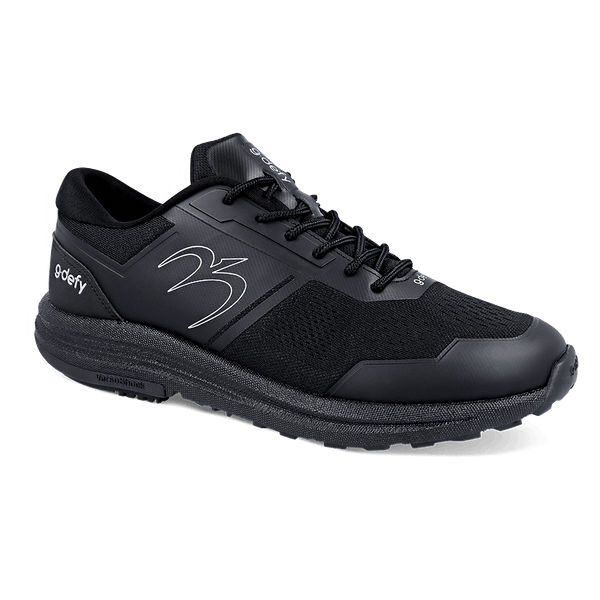May 26, 2025
Understanding Ankle Tendonitis: Causes and Treatments
By Gdefy

Summary
What is Ankle Tendonitis?
Ankle tendonitis occurs when the tendons in your ankle become inflamed. Tendons are thick cords that connect muscles to bones, allowing for movement. These structures are crucial for the mechanical function of the body, enabling the transmission of force necessary for motion. When these tendons get irritated or overworked, they can swell, causing pain and stiffness. This condition can significantly impact your mobility and quality of life, making even simple tasks challenging. Ignoring the condition can lead to chronic issues, further complicating daily activities and potentially causing additional strain on other parts of the body.
Common Causes of Ankle Tendonitis
There are several reasons why tendonitis might develop in the ankle. Understanding these causes is essential for both prevention and treatment.
Overuse
One of the most common causes of ankle tendonitis is overuse. Activities that involve repetitive motions, such as running or jumping, can strain the tendons over time. This constant stress can lead to inflammation and pain. Athletes, in particular, are at high risk due to the rigorous demands of their sports, which often require repetitive movements. Additionally, individuals who suddenly increase their activity level without proper conditioning may find themselves dealing with tendonitis. It's important to balance activity with adequate rest to allow tendons to recover and avoid overuse injuries.
Injuries
Injuries such as sprains or fractures can also lead to tendonitis. When you injure your ankle, it can damage the tendons, leading to inflammation as your body attempts to repair itself. Even minor injuries can have a cumulative effect, weakening the tendons over time if not properly treated. Furthermore, repeated injuries can cause scar tissue to form, which may restrict movement and increase the risk of developing tendonitis. Proper rehabilitation and care after an injury are crucial to prevent tendonitis from developing as a secondary condition.
Improper Footwear
Wearing shoes that don't provide adequate support can contribute to ankle tendonitis. Footwear that lacks cushioning or doesn't fit well can cause your tendons to work harder, leading to irritation. High heels, for instance, can alter your natural gait and put extra pressure on the ankle tendons. Similarly, worn-out shoes that no longer provide adequate support can exacerbate the problem. Investing in quality footwear that supports your foot's arch and provides cushioning can help prevent tendonitis and promote overall foot health.
Age and Other Risk Factors
As we age, our tendons become less flexible and more prone to injury. Other factors that can increase the risk of tendonitis include having flat feet, high arches, or participating in sports that put a lot of stress on the ankles. Genetic predispositions can also play a role, as some individuals may naturally have weaker connective tissues. Moreover, certain systemic conditions, such as arthritis, can exacerbate the risk of developing tendonitis. Acknowledging these risk factors can help in taking preventive measures to protect the tendons from excessive strain.
Symptoms of Ankle Tendonitis
Recognizing the symptoms of ankle tendonitis is key to getting timely treatment. Awareness of these symptoms can lead to early intervention, which is crucial in preventing further complications.
- Pain: You may experience a dull ache or sharp pain along the tendon. This pain often worsens with activity and improves with rest. It may start as a mild discomfort and gradually increase in intensity if not addressed.
- Swelling: The area around the tendon can become swollen and tender. This swelling is often accompanied by warmth and redness, indicating inflammation. It can be particularly noticeable after periods of activity.
- Stiffness: Movement might become difficult, and you may notice stiffness, especially after resting. This stiffness can be most prominent in the morning or after long periods of inactivity, making it challenging to begin moving.
- Crepitus: A grating feeling or crackling sound when moving the ankle can indicate tendonitis. This symptom is caused by the movement of the tendon over the inflamed tissue and is often accompanied by pain. It is a clear sign that medical evaluation is needed.
Diagnosing Ankle Tendonitis
If you suspect you have tendonitis, it's important to see a healthcare professional for a proper diagnosis. Accurate diagnosis is vital to ensure appropriate treatment and to rule out other potential conditions. They may perform a physical examination and ask about your symptoms and activity level. During the examination, they will assess the range of motion, look for swelling, and test for tenderness along the tendons. In some cases, imaging tests like an MRI or ultrasound might be needed to assess the extent of the inflammation. These tests can provide detailed images of the tendons, helping to confirm the diagnosis and guide treatment.
Treatment Options for Ankle Tendonitis
There are several treatments available for ankle tendonitis, ranging from home remedies to medical interventions. The choice of treatment depends on the severity of the condition and individual patient needs.
Rest and Ice
Giving your ankle time to heal is crucial. Avoid activities that cause pain, and apply ice to the affected area for 15-20 minutes several times a day to reduce swelling. Resting helps to prevent further injury and allows the inflammation to subside naturally. Ice therapy is effective in numbing the area and reducing swelling, providing relief from pain. It's important to continue this regimen consistently for the best results.
Compression and Elevation
Using a compression bandage can help reduce swelling. Elevating your foot above heart level can also decrease inflammation. Compression provides support to the ankle and helps limit movement, which can prevent additional strain on the tendons. Elevation aids in reducing blood flow to the affected area, which can further help in minimizing swelling. Together, these methods can significantly alleviate discomfort and expedite recovery.
Physical Therapy
Physical therapy can be highly effective in treating tendonitis. A therapist can recommend exercises to strengthen the muscles around your ankle, improving flexibility and reducing strain on the tendons. They may also use modalities such as ultrasound or electrical stimulation to aid in the healing process. Consistent therapy sessions can restore function and help prevent future occurrences of tendonitis by addressing underlying biomechanical issues.
Medications
Over-the-counter pain relievers like ibuprofen or naproxen can help manage pain and inflammation. These medications can be particularly useful in the initial stages to provide relief from acute symptoms. In some cases, your doctor might prescribe stronger medications if over-the-counter options are insufficient. It's important to use these medications as directed to avoid potential side effects or complications.
Orthotics
Custom orthotics or shoe inserts can provide additional support, helping to alleviate the stress on your tendons. These inserts can correct biomechanical imbalances that contribute to tendonitis, offering relief from pain. They are particularly beneficial for individuals with structural foot abnormalities, such as flat feet or high arches. Orthotics should be tailored to your specific needs for optimal effectiveness.
Corticosteroid Injections
In severe cases, your doctor might recommend corticosteroid injections to reduce inflammation. These injections provide potent anti-inflammatory effects and can offer significant pain relief. However, they should be used sparingly, as they can weaken tendons over time. It's crucial to discuss the risks and benefits with your healthcare provider before proceeding with this treatment option.
Surgery
If other treatments don't provide relief, surgery might be necessary to repair damaged tendons. This is usually a last resort and is considered when conservative treatments fail. Surgical intervention can involve removing damaged tissue, repairing tears, or even tendon transfer in severe cases. Post-surgical rehabilitation is essential to ensure a successful recovery and restore full function.
Preventing Ankle Tendonitis
Preventing tendonitis involves reducing the strain on your tendons. By adopting preventive measures, you can minimize the risk of developing this condition.
- Wear Proper Footwear: Choose shoes that provide adequate support and cushioning. Proper footwear can absorb shock and distribute pressure evenly across the foot, reducing the risk of tendonitis.
- Warm-Up Properly: Before engaging in physical activities, make sure to warm up properly to prepare your tendons and muscles. A good warm-up increases blood flow and flexibility, reducing the likelihood of injury.
- Strengthen and Stretch: Regular exercises that strengthen and stretch the muscles around your ankle can prevent tendonitis. Focus on exercises that enhance flexibility and balance, as these can provide stability and reduce strain.
- Avoid Overuse: Listen to your body and avoid overdoing activities that put strain on your ankles. Gradually increase your activity level and incorporate rest days into your routine to allow for recovery.
Living with Ankle Tendonitis
Managing ankle tendonitis involves a combination of treatment and lifestyle adjustments. These strategies can help you cope with the condition and maintain an active lifestyle.
- Modify Activities: Adjust your activities to avoid aggravating your condition. Opt for low-impact exercises like swimming or cycling. These activities provide cardiovascular benefits without placing undue stress on the ankles.
- Monitor Symptoms: Keep track of your symptoms and adjust your activities accordingly. Early detection of symptom changes can help prevent exacerbations and guide treatment modifications.
- Follow Your Treatment Plan: Adhering to your treatment plan and attending follow-up appointments are crucial for recovery. Compliance with medical advice ensures optimal healing and prevents complications.
Conclusion
Ankle tendonitis can be a painful and debilitating condition, but with the right approach, it can be managed effectively. Understanding the causes, recognizing the symptoms, and seeking appropriate treatment are essential steps in addressing this condition. Early intervention and consistent management can prevent chronic issues and enhance recovery outcomes. With proper care, you can alleviate pain, improve mobility, and prevent future occurrences of tendonitis. Always consult with a healthcare professional for a tailored treatment plan that suits your specific needs. Empower yourself with knowledge and take proactive steps towards maintaining your ankle health.



